How is it Diagnosed?
In the UK a test called SeHCAT (Selenium Homocholic Acid Taurine) is most commonly used in specialist centres to confirm the diagnosis of BAD. It is a non-invasive test that involves swallowing a tablet containing synthetic bile acids and a very small amount of radioactive powder.
Two scans are then undertaken, the first is undertaken 1 hour after swallowing the capsule. After 7 days a further body scan is undertaken to measure how well the synthetic bile acid has been retained or lost from the body. Before you have the test the hospital where you have been referred will contact you with further information about the test and advice on what to do if you are taking any medications.
The percentage of acids remaining gives an indication as to whether the patient has the condition or not. The typical range is above 15% and above indicates that bile acids are being recycled sufficiently. A percentage below 15% indicates that excessive bile acid is being lost from the body and both a diagnosis and severity of BAD can be confirmed:
Can it be cured?
At present there is no known cure for BAD, it is lifelong and is classified as a long term condition. The good news though is that there are treatments available and dietary adaptations which can help control symptoms of BAD and significantly improve quality of life.

